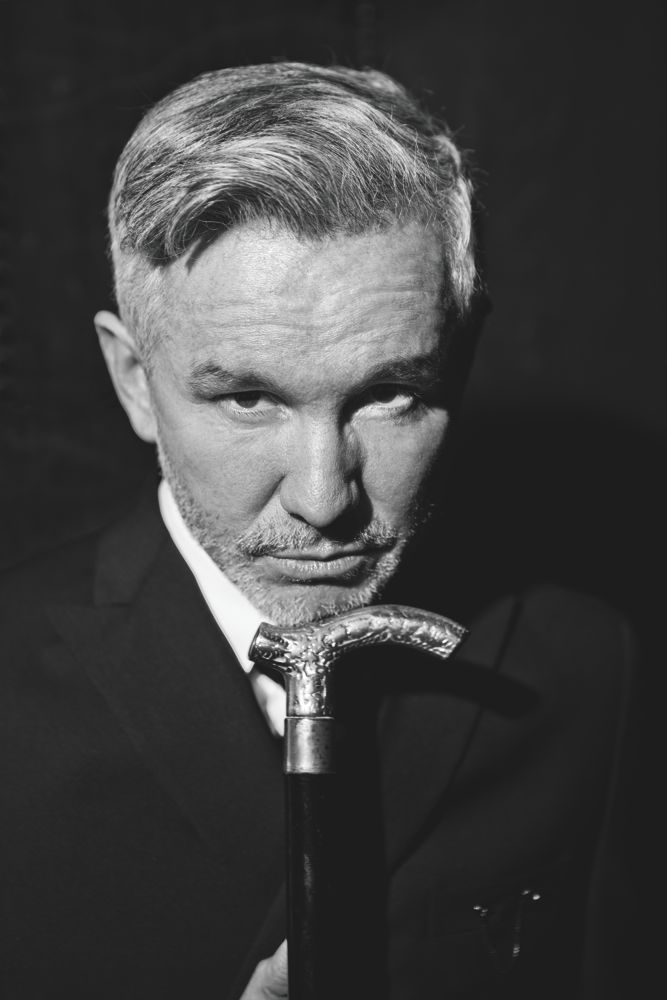I like to think of Australian film director and former music video director Baz Lurhmann as a king of sound design. He uses diegetic sound in a way that is powerful and gripping, creating vibrant worlds that seem to assault the senses with exaggerated noises, foley and sound effects.
A scene that perfectly embodies the Lurhmann use of sound is from his 2001 film Moulin Rouge, early on in the narrative when protagonist Christian (Ewan McGregor) enters the Parisian nightclub for the first time.
Here, Lurhmann’s experience in making music videos is shown clearly; this is essentially an enormous music video. We hear several different songs, all MODERN songs, not of the year the film is set in (1899): Because We Can (Fatboy Slim) Lady Marmalade (P!nk, Lil Kim, Christina Aguilera, Mya) and Smells Like Teen Spirit (Nirvana). Lurhmann often uses contemporary, catchy and rhythmic music in his films regardless of whether or not they fit with the time period; this is seen and heard in the Great Gatsby (2013). The use of modern music, particularly music associated with dancing and partying, creates a surreal atmosphere. It feels surreal in the sense that despite being in a different era and time, we can relate across time periods to the partygoing atmosphere.
Additionally, throughout the scene, the diegetic sound is clearly pronounced; the partygoers stamp in time to the beat, their clothes rustling is exagerrated, and as the scene progresses these sounds become more exaggerated, and emphasise a sense of the wild, rambunctious and unbridled excitement of the club. Additionally, the audience feels sucked into this hypnotic psycadelic whirlwind of the Moulin Rouge, and the use of the modern upbeat soundtracks allow them to relate to the scene; a wild Friday night at a bar or club.
Baz Lurhmann’s unbridled and indulgent use of sound and music sets him apart from other mainstream filmmakers, making him a king of sound design.

